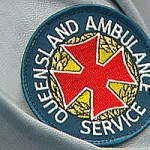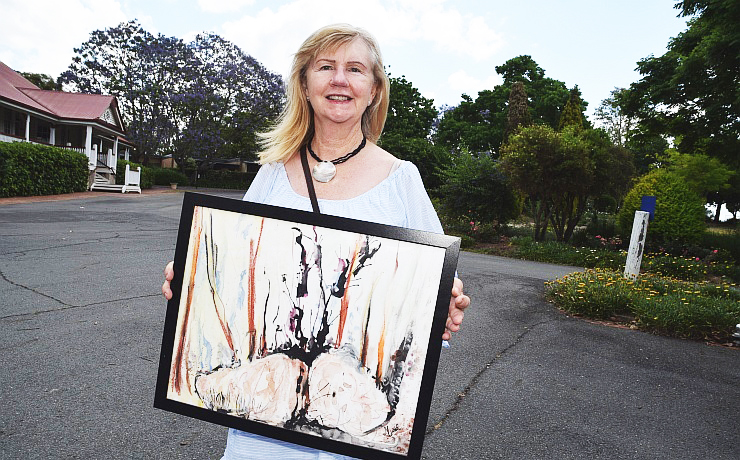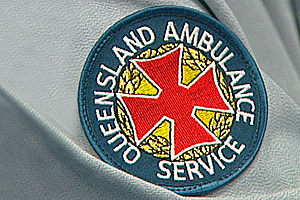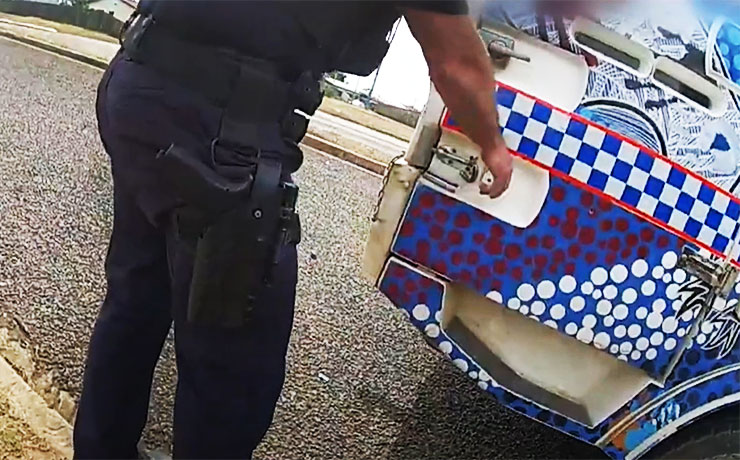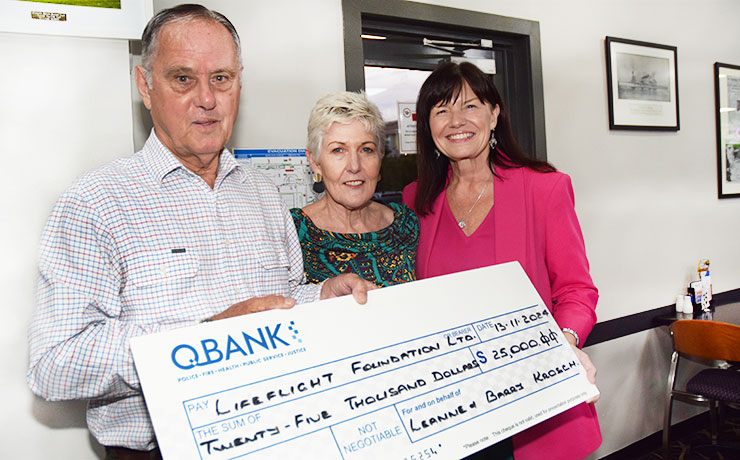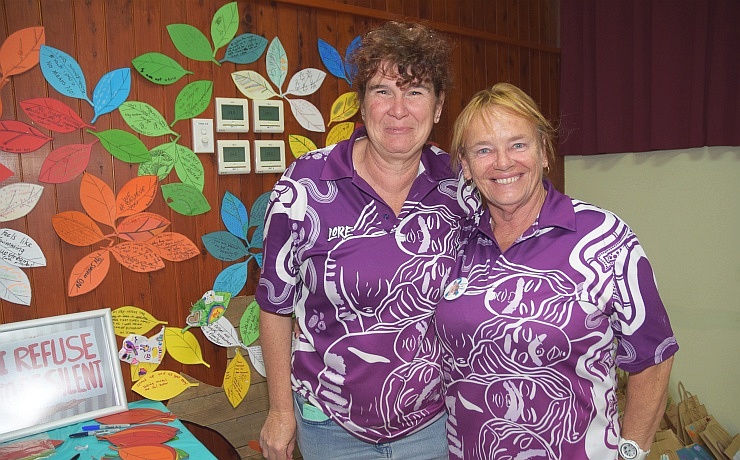November 30, 2012
Biosecurity Queensland officers are contacting grazing properties which have received cattle from a beef stud property near Rockhampton where some livestock have been confirmed with Bovine Johne’s Disease (BJD).
Movement restrictions have been placed on the properties while Biosecurity Queensland staff conduct risk assessments, which could take several months.
It is has been reported that up to 160 Queensland properties may have received cattle from the affected stud.
Biosecurity Queensland has consulted with Agforce, the Cattle Council of Australia, the Australian Brahman Breeders Association, Australian Veterinary Association and Animal Health Australia over the current situation.
Affected producers have been urged not to move or slaughter stock as this can affect the resolution of the risk of infection and extend the time a property is under movement restrictions.
Any producer who holds cattle from the infected property has been urged to seek advice from their private veterinarian or Biosecurity Queensland on 13-25-23.
Affected producers who have been placed under movement restrictions by Biosecurity Queensland can apply for support under the National BJD Financial and Non-Financial Assistance Package.
* * *
What is Bovine Johne’s Disease?
BJD is a serious disease of cattle and other ruminant species.
It can cause chronic diarrhoea or ill-thrift, leading to emaciation and eventually death.
The bacteria lives and replicates in the intestines of animals and is excreted in faeces. It can survive in the soil for many months. It generally infects young calves but the disease doesn’t become apparent for several years.
There is no effective treatment and it is not a risk to human health.
BJD is endemic in Victoria and parts of South Australia and New South Wales.
Queensland has a very low prevalence of BJD.
Biosecurity Queensland said BJD test results can take up to 12 weeks or longer.






